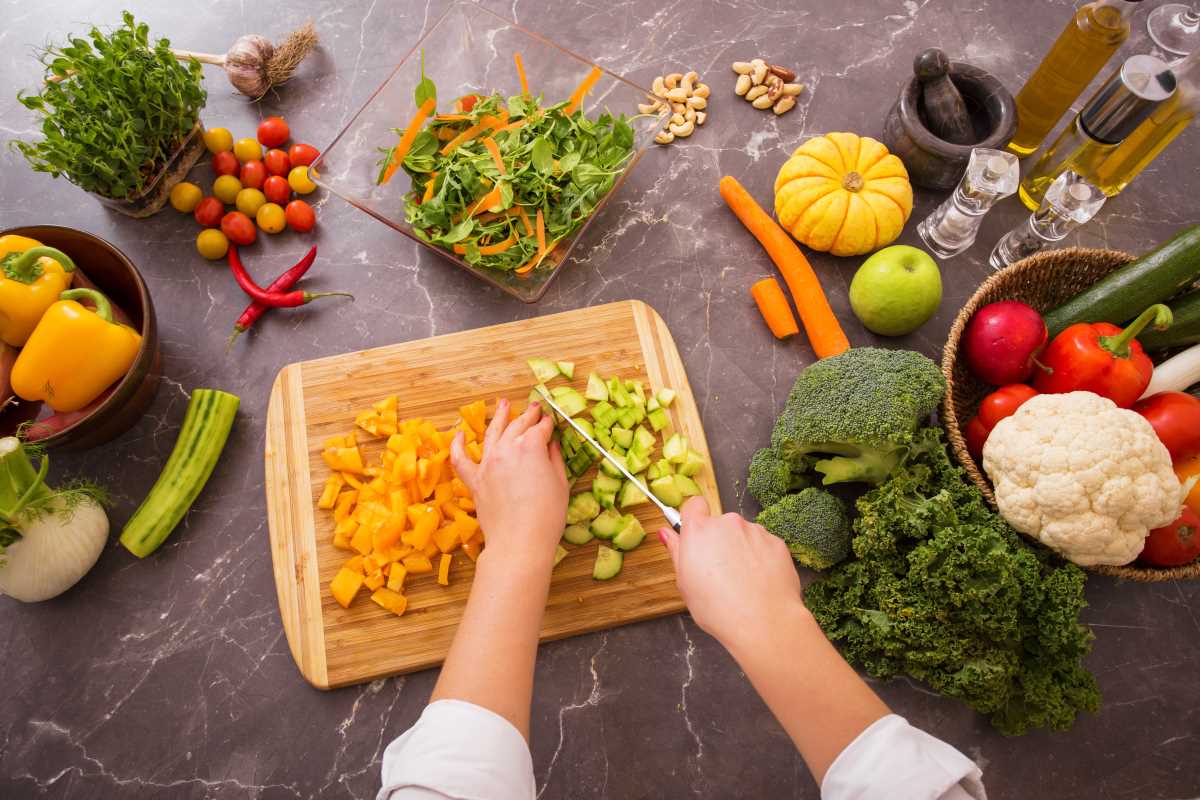High blood pressure, also called hypertension, is a common health condition that affects millions of people worldwide. Left unchecked, it increases your risk of heart disease, stroke, and other complications. The good news is that managing blood pressure doesn’t always require major lifestyle overhauls. Small, simple dietary changes can have a big impact. Focusing on what you eat and drink is one of the most effective ways to lower blood pressure naturally. We're going to outline ten practical nutritional strategies to help you regain control of your health. You’ll discover which foods to prioritize, what to limit, and how to create a diet that supports your blood pressure management goals.
1. Add More Potassium-Rich Foods
Potassium helps balance the effects of sodium in your diet, which is essential for blood pressure control. Increasing your potassium intake can reduce the strain on your blood vessels. Some of the best sources include bananas, spinach, avocados, potatoes, and oranges.
- Slice up a banana to add to your morning oatmeal.
- Include spinach in your salads or blend it into smoothies.
- Swap salty snack foods for cubed avocado topped with a sprinkle of fresh lime juice.
By incorporating potassium-rich foods into every meal, you take an easy step toward better heart health.
2. Choose Low-Sodium Alternatives
Sodium, found in salt, plays a key role in regulating blood pressure. Reducing your sodium intake is one of the simplest ways to manage it naturally. Start by avoiding highly processed foods like canned soups, snack chips, and frozen meals, which are often loaded with sodium.
- Use fresh or frozen vegetables instead of canned ones.
- Flavor meals with herbs like basil, parsley, or cumin instead of reaching for the salt shaker.
- Check food labels for "low sodium" or "no added salt" options.
Gradual changes over time make cutting back on salt more manageable and less of a shock to your taste buds.
3. Increase Whole Grain Intake
Whole grains like oats, quinoa, and brown rice provide fiber, which plays a crucial role in regulating blood pressure. Fiber helps clear excess cholesterol from your system, keeping your arteries healthy.
- Replace white bread with whole-grain or 100% whole-wheat options.
- Swap white rice for brown rice or farro in your side dishes.
- Pick whole-grain pasta over regular pasta and experiment with grains like bulgur or barley.
Even small swaps, like choosing whole-grain crackers for a snack, can make a noticeable difference.
4. Cut Back on Refined Sugar
Eating too much sugar contributes to weight gain, which often impacts blood pressure. Sugar can also disrupt your blood sugar levels, creating additional stress on your heart.
- Reduce sugary drinks by replacing soda with infused water or unsweetened tea.
- Limit desserts to special occasions or opt for naturally sweetened options like baked fruit.
- Check food labels for added sugars in unexpected places like condiments or salad dressings.
Lower sugar intake improves not just your blood pressure but also your overall energy levels.
5. Focus on Healthy Fats
Not all fats are created equal. Healthy fats, such as those found in olive oil, nuts, and fatty fish, support heart health and lower blood pressure. Omega-3 fatty acids, in particular, can reduce inflammation and improve circulation.
- Include salmon, sardines, or mackerel in your meals at least twice a week.
- Drizzle olive oil over salads and roasted veggies instead of using butter.
- Snack on a small handful of almonds or walnuts for a heart-healthy boost of fat.
Replacing unhealthy trans fats with sources of good fat will support better cardiovascular function.
6. Stay Hydrated
Dehydration can cause your blood pressure to spike because it reduces the volume of your blood, making your heart work harder. Consistently staying hydrated keeps your blood pressure more stable.
- Set reminders to drink water throughout your day, especially during meals.
- Carry a water bottle with you to sip water on the go.
- Try herbal teas or sparkling water if plain water gets boring.
Adding a pinch of lemon or cucumber to your drinks can make hydration feel more enjoyable.
7. Eat More Leafy Greens
Nutrient-rich leafy greens deliver magnesium, potassium, and vitamins that relax blood vessels and improve circulation. Incorporating more greens like kale, collards, or Swiss chard into your diet is an easy win for blood pressure management.
- Toss baby spinach into omelets, wraps, or soups.
- Make kale chips by baking kale leaves with a drizzle of olive oil.
- Use greens as a base for hearty grain bowls topped with veggies and lean protein.
Greens don’t have to be bland; experiment with seasoning and preparation methods to keep them exciting.
8. Snack on Dark Chocolate
A small amount of dark chocolate, particularly one with 70% or higher cocoa content, has been shown to improve heart health. Dark chocolate contains flavonoids, compounds that support better blood flow and lower blood pressure.
- Break off a small piece of dark chocolate to enjoy as a sweet treat.
- Pair it with fresh fruit like strawberries for an indulgent but healthy dessert.
- Use finely chopped dark chocolate as a topping for plain Greek yogurt.
Moderation is key, but dark chocolate can provide a satisfying way to curb cravings while boosting your heart health.
9. Limit Alcohol Consumption
Drinking too much alcohol raises your blood pressure, sometimes for extended periods. Cutting back on alcohol is a simple strategy to improve your overall health.
- Set limits for yourself, such as one drink per day for women and two for men.
- Opt for alcohol-free mocktails made with fresh fruit and seltzer.
- Alternate alcoholic beverages with glasses of water during social events.
Reducing alcohol intake not only benefits your blood pressure but also your liver and overall well-being.
10. Practice Portion Control
Overeating can contribute to weight gain, putting extra strain on your heart and causing higher blood pressure. Mindful portion control helps keep calories in check and ensures that you're eating a balanced diet.
- Use smaller plates or bowls to naturally limit portion sizes.
- Slow down and pay attention to hunger cues so you know when you’re satisfied.
- Plan meals ahead of time to avoid overeating during busy days.
By controlling portions, you allow your body to efficiently use nutrients without unnecessary stress on your systems.
 (Image via
(Image via





